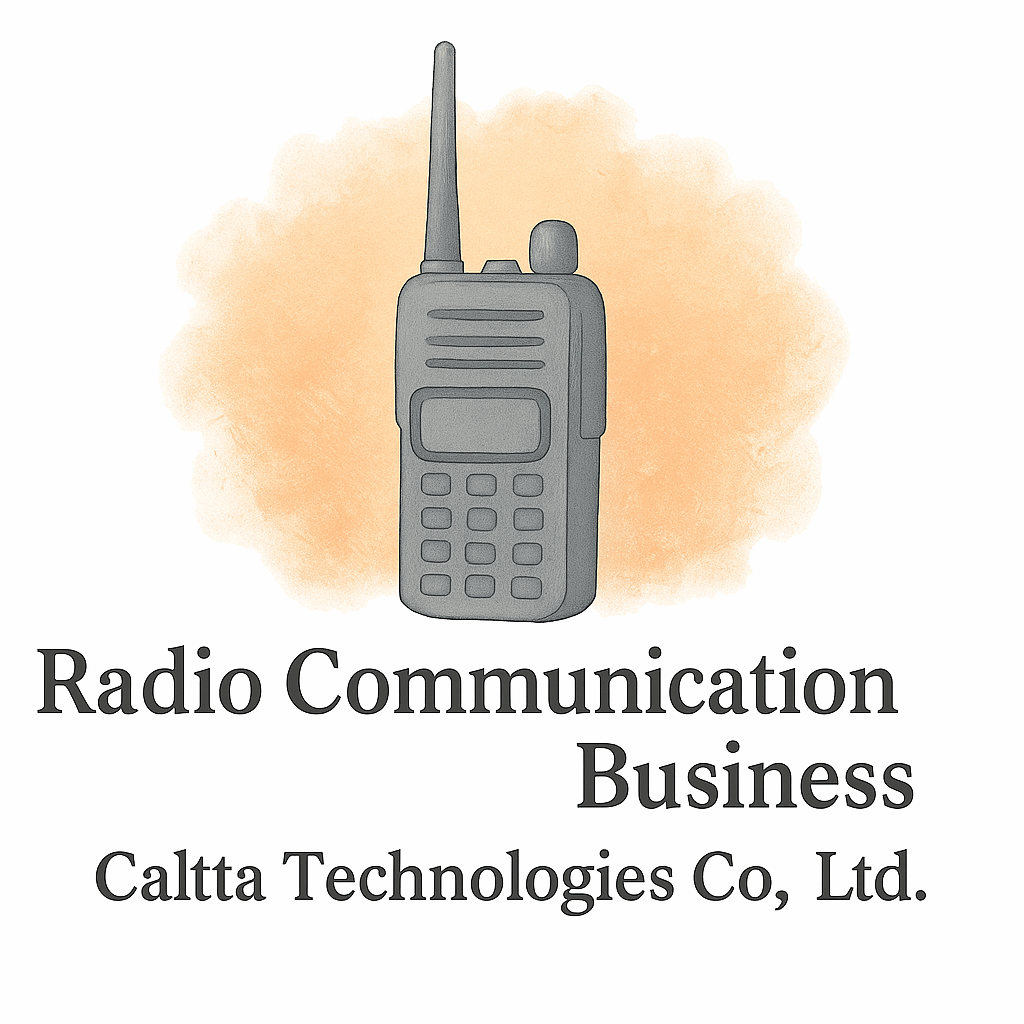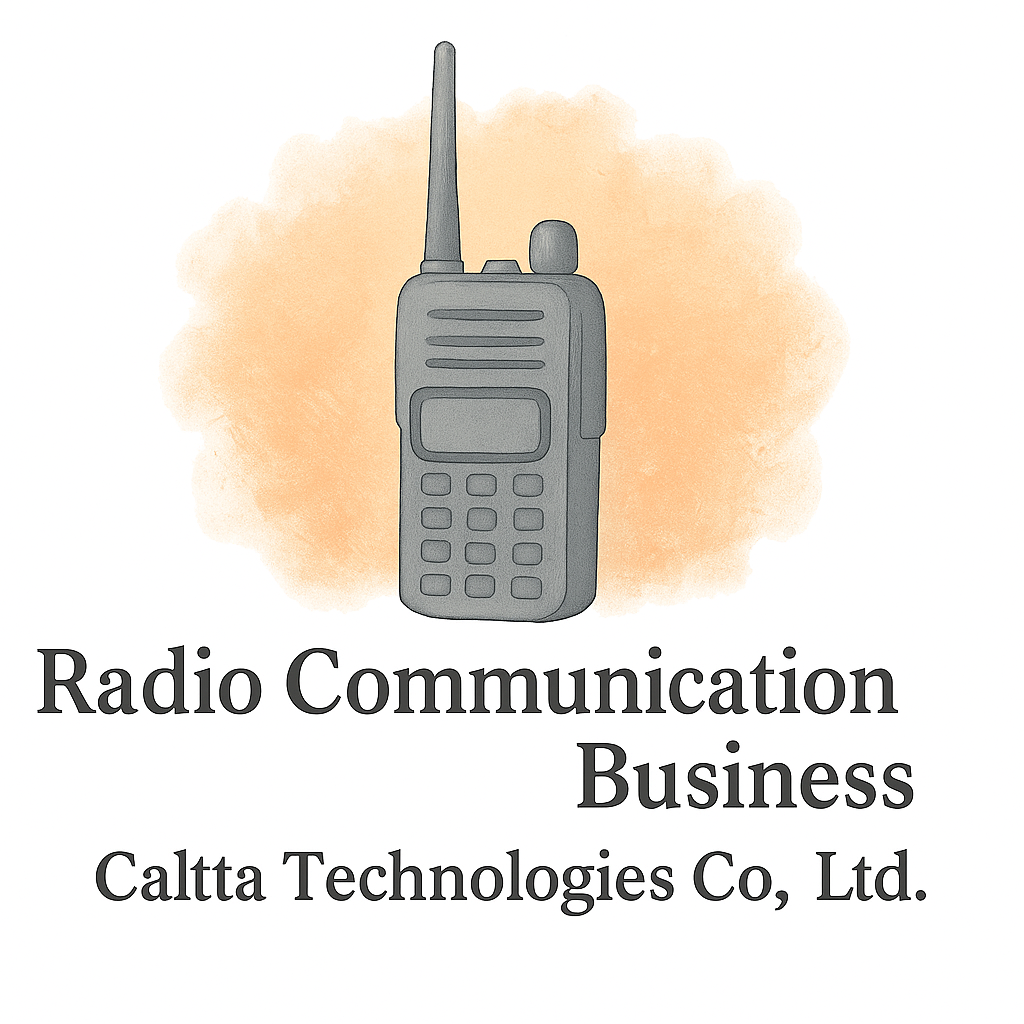Introduction: The Critical Role of Radio Communication in Emergencies
In emergency situations, the ability to communicate swiftly and effectively can be the difference between life and death. Radio communication serves as the backbone for coordination among first responders, enabling them to share critical information, request assistance, and make informed decisions. However, when these communication systems fail, the consequences can be dire. This article examines five instances where poor radio communication significantly hindered emergency response efforts.
Case Study 1: The 2004 Indian Ocean Tsunami
Communication Breakdown Amidst the Disaster
On December 26, 2004, a massive undersea earthquake off the coast of Sumatra triggered a series of devastating tsunamis across the Indian Ocean. Countries like Indonesia, Sri Lanka, and Thailand were hit hardest. In Indonesia, the lack of a robust communication infrastructure meant that warnings about the impending disaster couldn’t be disseminated in time. The absence of early warning systems and unreliable radio communication led to widespread devastation and loss of life.
Impact on Rescue Operations
The delayed or absent communication channels meant that rescue teams couldn’t coordinate effectively. This resulted in duplicated efforts, misallocation of resources, and prolonged rescue operations. The lack of real-time information severely hampered the efficiency of emergency responses.
Case Study 2: Hurricane Katrina (2005)
Systemic Failures and Their Consequences
When Hurricane Katrina struck the Gulf Coast in August 2005, the existing radio communication systems were overwhelmed. The Federal Communications Commission (FCC) reported that many public safety agencies faced communication failures due to damaged infrastructure and incompatible systems. This led to confusion, delayed evacuations, and a slow response to the needs of affected populations.
Lessons Learned and Improvements Made
In the aftermath, the U.S. government invested heavily in improving emergency communication systems. The creation of the First Responder Network Authority (FirstNet) aimed to provide a nationwide, interoperable broadband network for public safety communications. These efforts were designed to ensure that first responders could communicate seamlessly during future disasters.
Case Study 3: The 2013 Boston Marathon Bombing
Challenges Faced by First Responders
During the 2013 Boston Marathon, two bombs exploded near the finish line, causing chaos and panic. First responders faced significant challenges due to radio communication issues. Interference from the dense urban environment and the sheer volume of emergency traffic led to signal congestion, making it difficult for units to coordinate effectively.
Improvements Post-Incident
Following the incident, the Boston Police Department and other agencies reviewed their communication protocols. They implemented measures to enhance radio system capacity and introduced training programs to ensure that responders could effectively use their communication equipment under stress.

Case Study 4: The 2018 Hawaii False Missile Alert
Communication Errors Leading to Public Panic
On January 13, 2018, a false ballistic missile alert was sent to residents of Hawaii, causing widespread panic. The alert was due to human error during a routine drill, but the lack of a clear communication protocol meant that the false alarm wasn’t corrected promptly.
Measures Taken to Prevent Future Occurrences
In response, Hawaii’s Emergency Management Agency overhauled its alert system. They introduced new safeguards, including a two-person verification process for emergency alerts, to prevent similar incidents in the future.
Case Study 5: The 2023 Maui Wildfires
Communication Failures During the Crisis
In August 2023, wildfires ravaged parts of Maui, particularly the historic town of Lahaina. Communication failures played a significant role in the disaster’s severity. Emergency sirens were not activated, and reliance on social media for alerts reached fewer residents. Power and cellular outages further hindered communication, leaving many unaware of the impending danger.
Reforms Implemented Post-Disaster
Following the tragedy, officials acknowledged the communication shortcomings. They committed to enhancing the island’s emergency alert systems, including upgrading sirens, improving public notification methods, and ensuring better coordination among agencies.
Common Causes of Radio Communication Failures in Emergencies
Technical Issues and Equipment Failures
Aging infrastructure, lack of maintenance, and technical malfunctions can render communication equipment unreliable during emergencies.
Human Factors and Training Deficiencies
Even with advanced equipment, without proper training, responders may struggle to use communication tools effectively under pressure.
Infrastructure Limitations and Interoperability Issues
Incompatible systems between agencies can lead to communication breakdowns, especially during multi-jurisdictional responses.
The Importance of Effective Communication Systems in Crisis Management
Ensuring Interoperability Across Agencies
Developing standardized communication protocols ensures that different agencies can work together seamlessly during emergencies.
Investing in Robust Communication Infrastructure
Regularly updating and maintaining communication equipment ensures reliability when it’s needed most.
Training and Drills to Enhance Response Efficiency
Regular training exercises help responders become familiar with equipment and protocols, improving performance during real incidents.
Conclusion: Learning from the Past to Improve Future Responses
The instances discussed highlight the critical need for effective radio communication in emergency situations. By learning from past failures and implementing necessary reforms, we can enhance the efficiency and effectiveness of emergency responses, ultimately saving lives and reducing harm.
FAQs
- Why is radio communication crucial during emergencies?
- Radio communication allows first responders to coordinate efforts, share critical information, and make informed decisions swiftly.
- What are common causes of communication failures in emergencies?
- Technical issues, equipment malfunctions, human error, and interoperability problems between agencies can lead to communication failures.
- How can agencies improve communication during disasters?
- Investing in reliable infrastructure, ensuring interoperability, and providing regular training can enhance communication during emergencies.
- What lessons were learned from Hurricane Katrina regarding communication?
- The importance of having robust, interoperable communication systems and the need for coordinated response efforts were key takeaways.
- How did the 2013 Boston Marathon bombing highlight communication challenges?
- The incident underscored the need for clear communication protocols and the ability to manage high volumes of emergency traffic effectively.
- What measures were taken after the 2018 Hawaii false missile alert?
- Hawaii implemented a two-person verification process for emergency alerts to prevent similar incidents in the future.
- How did the 2023 Maui wildfires expose communication shortcomings?
- The reliance on social media and failure to activate emergency sirens highlighted the need for more reliable and widespread communication methods.


